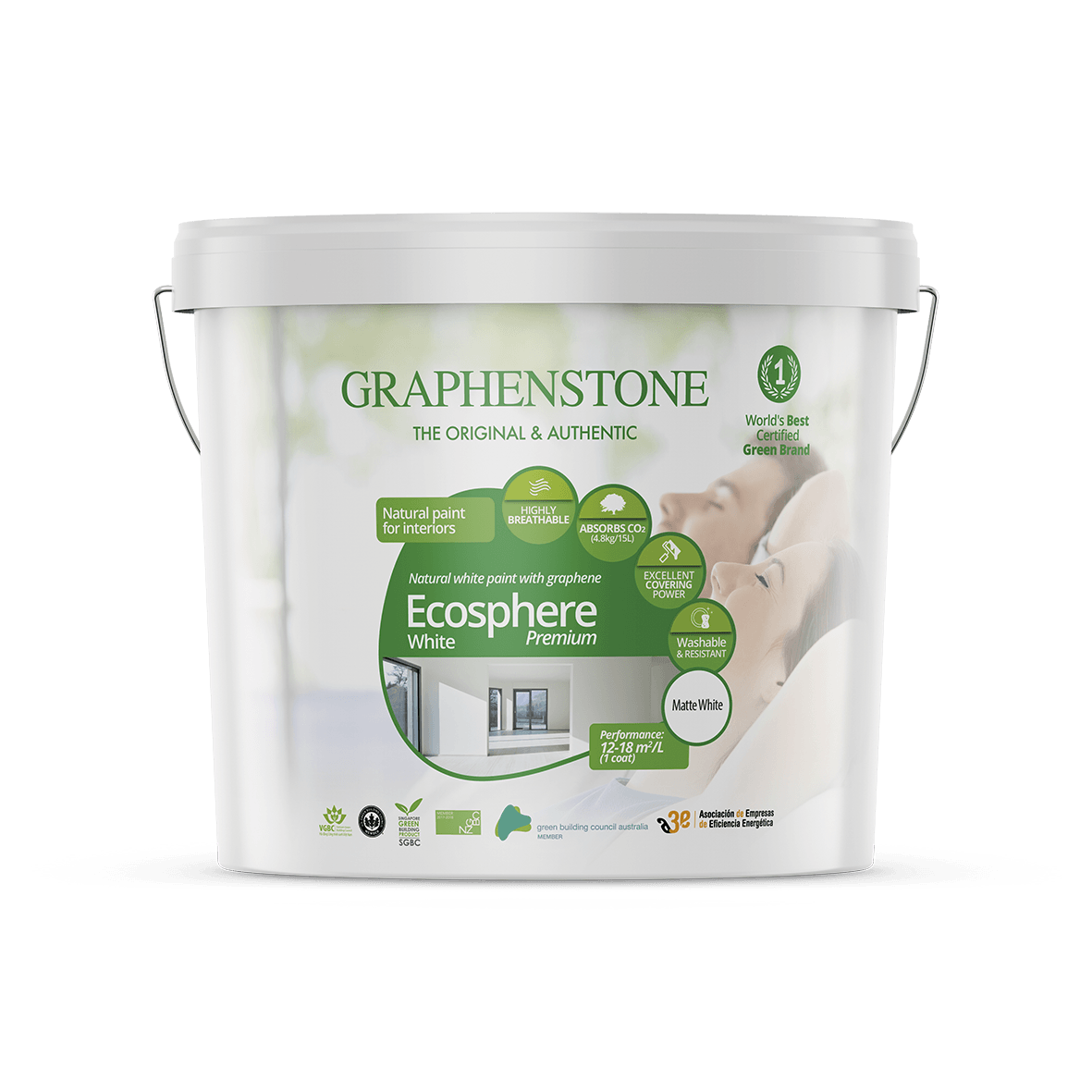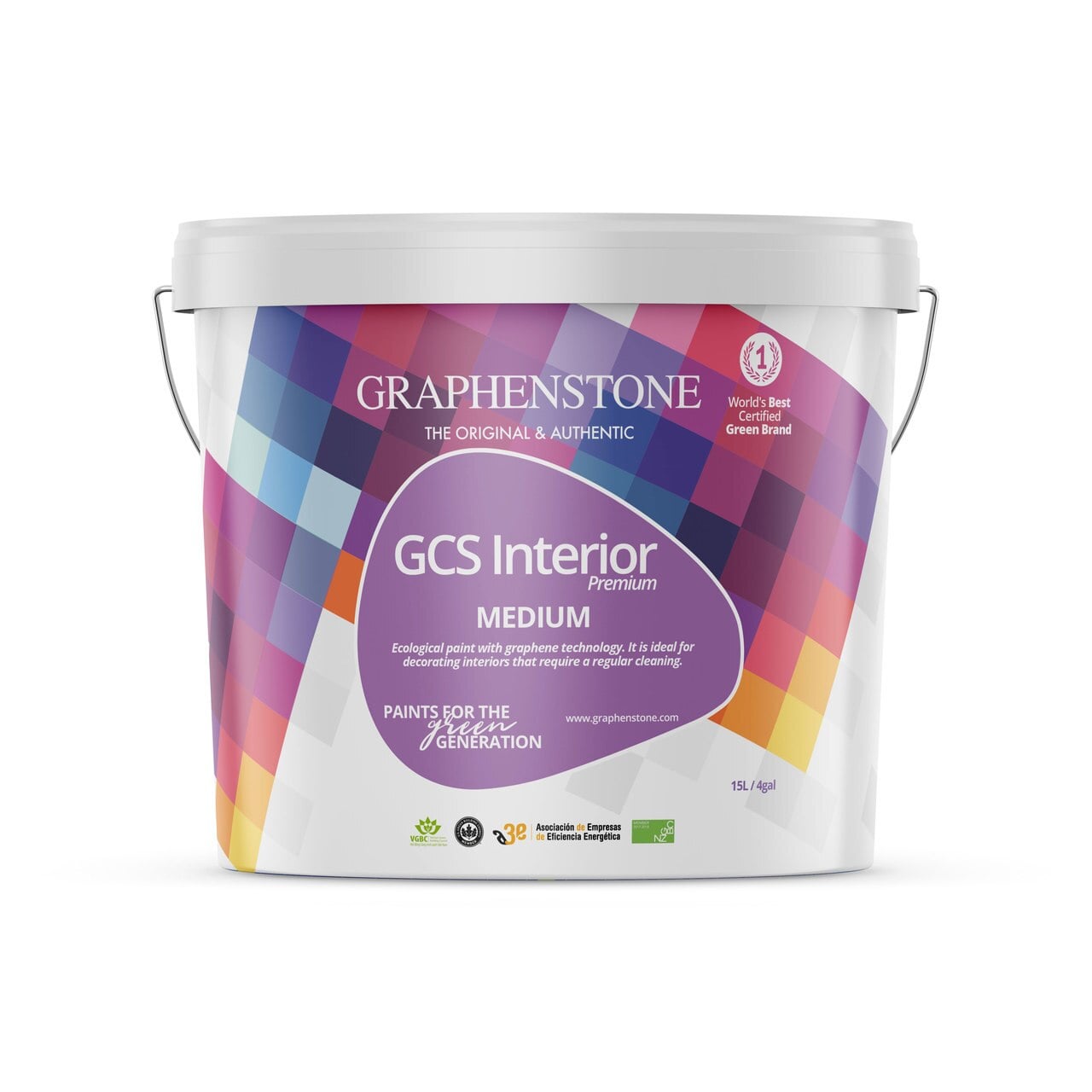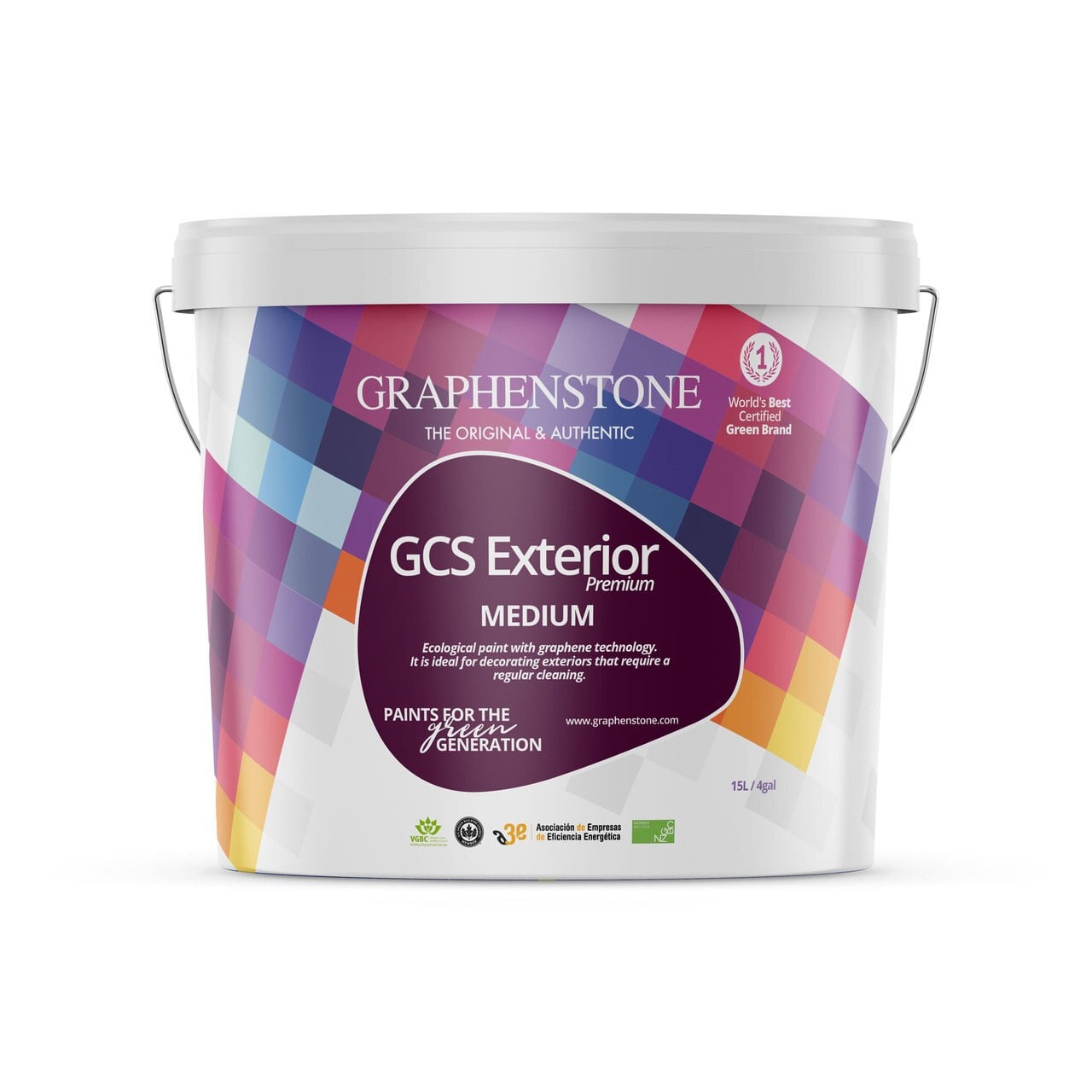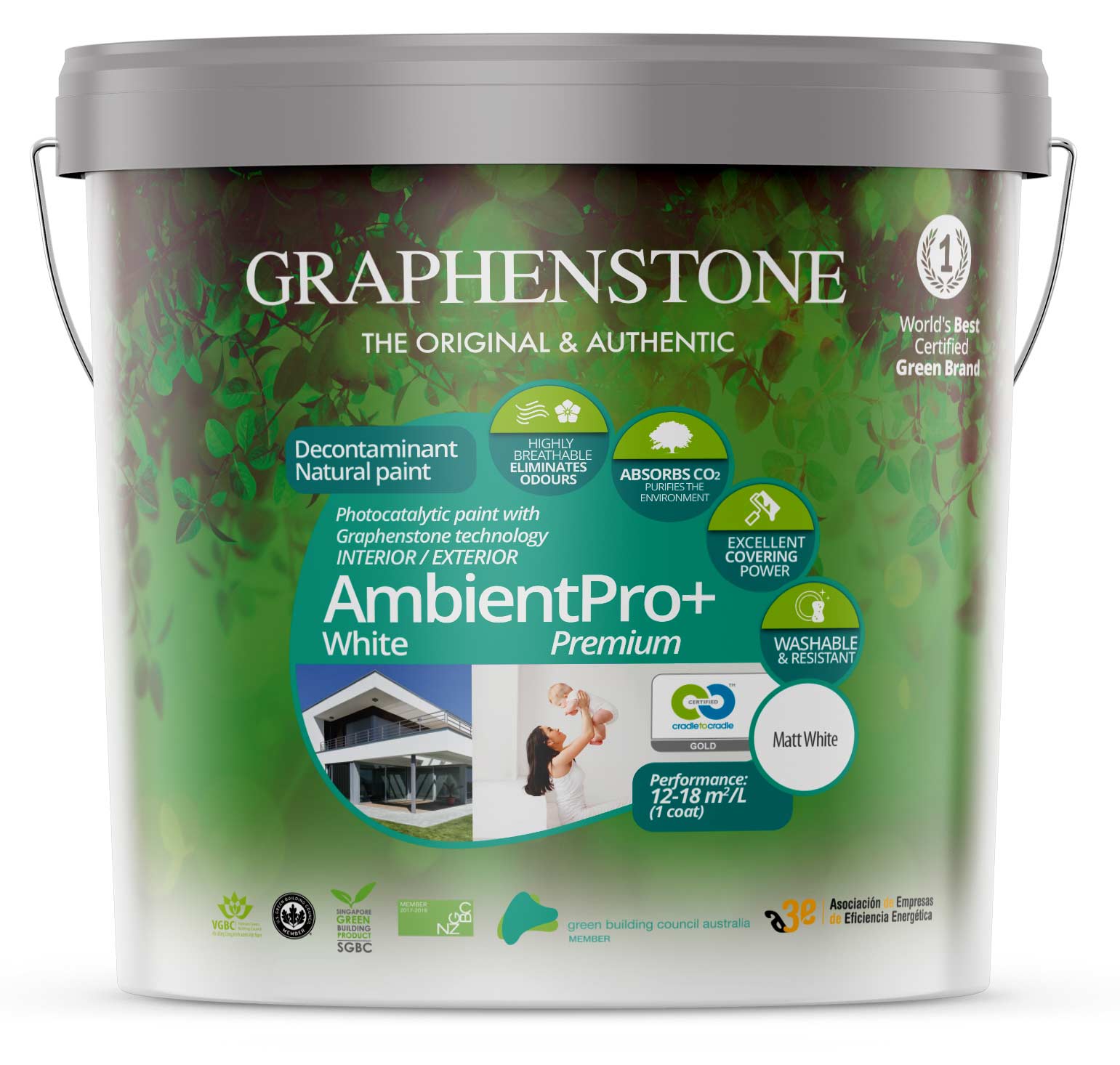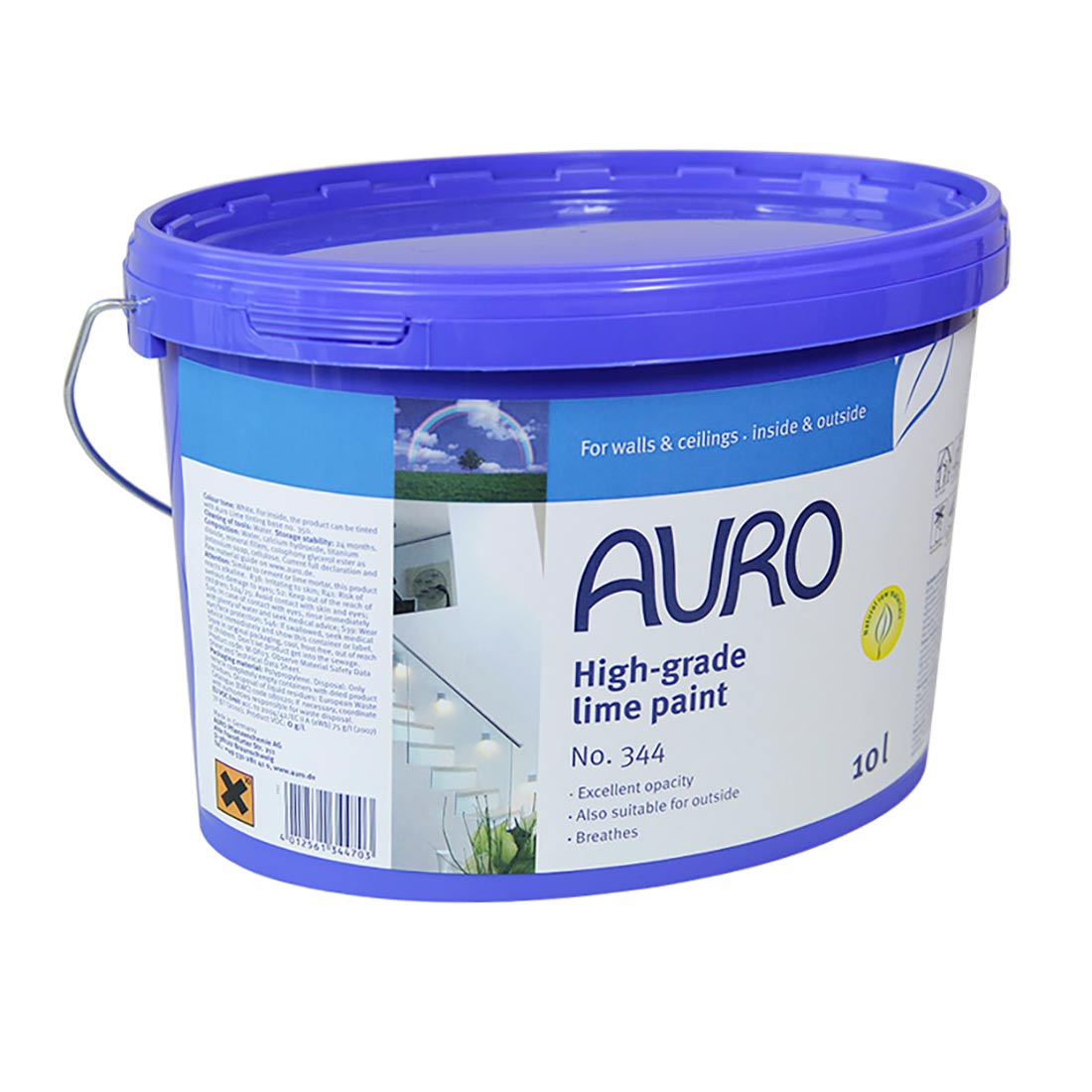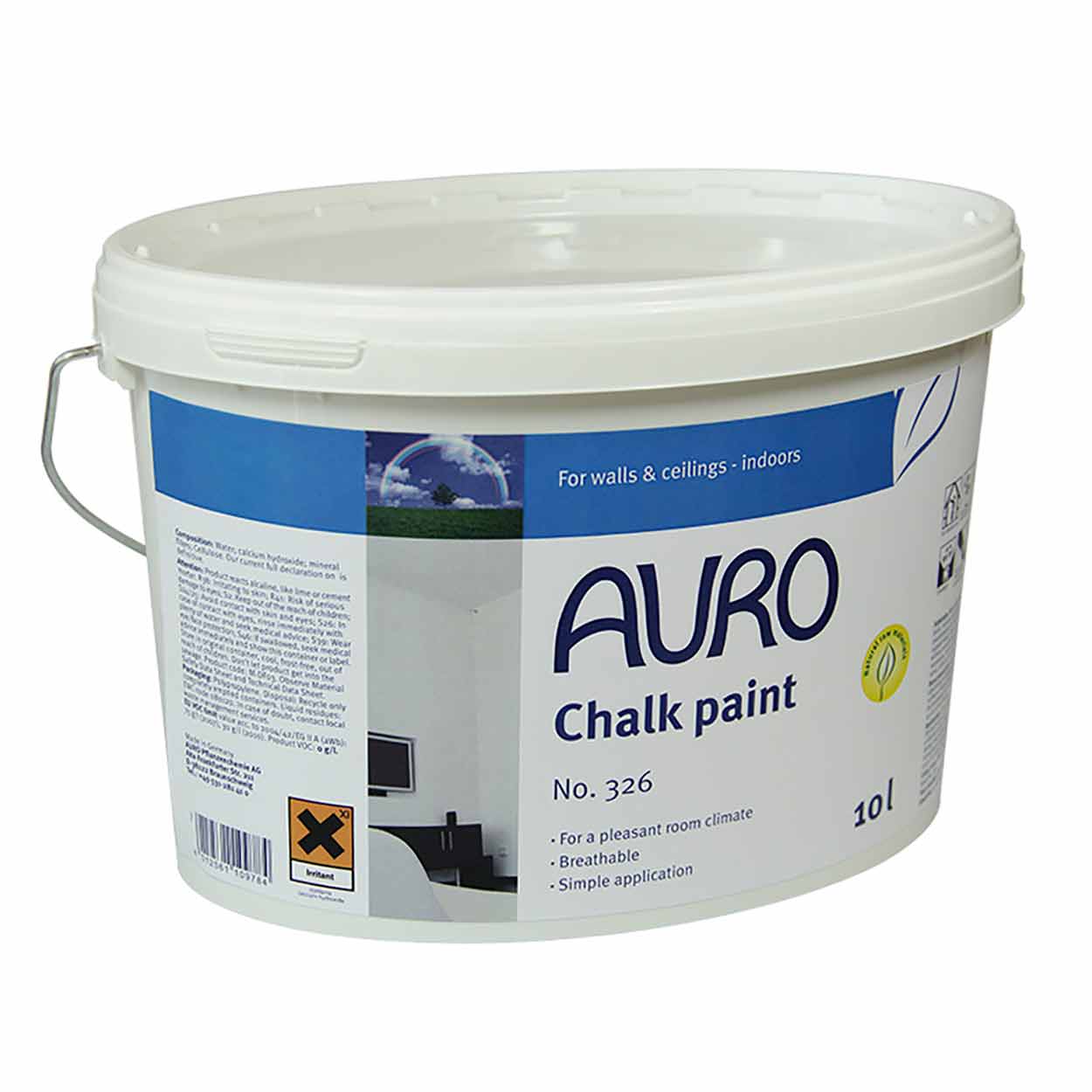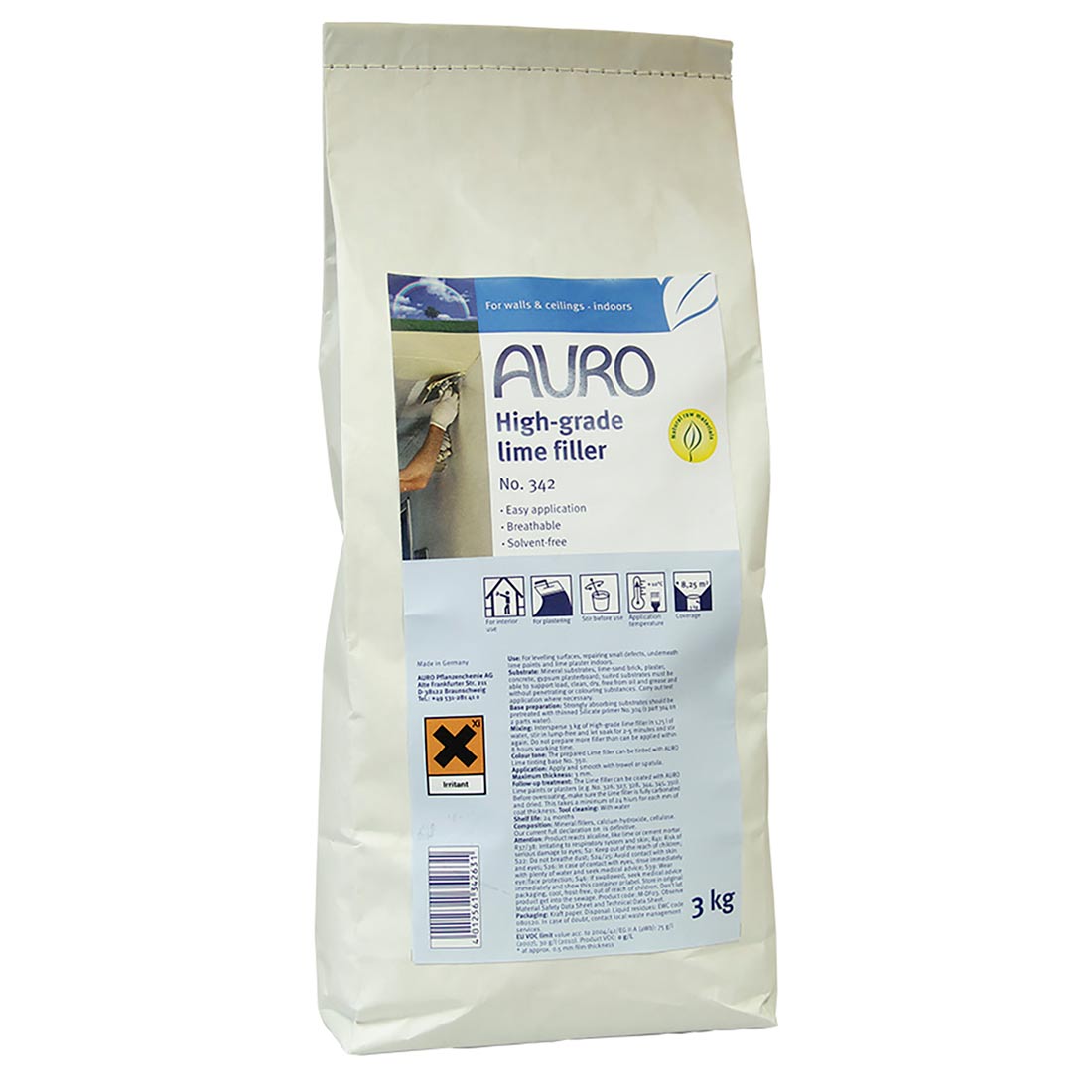Does lime paint look different to normal paint?
Modern paints lack the depth that Lime paints provide with their natural matt finish. These paints have a darker appearance when mixed with water and tend to shine like crystals when in direct sunlight. Lime paint has the texture like none other which gets more exquisite each year instead of fading out. Lime paints are made using limestone, it is this limestone that gives Lime paint its natural white colour. Natural pigments are then added to produce a variety of colours, each with its own importance and aesthetic.
Table of Contents
Why use lime paints?
Lime wash and distemper are permeable to vapour and allow the structure to breathe and hence suitable for use in traditional architecture and especially suitable for decorating porous construction materials, such as lime plasters and renders, calcareous surfaces, soft bricks, wood chips and daubs. Traditional paints tend to focus more on the sustainability factor, the companies producing these paints are focused on introducing paints which have the lowest VOCs and are environmentally friendly, they too should have no petrochemicals or lead based ingredients in them which are toxic and harmful for health.
What is lime paint and why is it used traditionally?
Modern paints have revolutionised the paint industry (economy of scale, cheap and mass produced, but at the cost of the environment and chemical exposure…) with their ‘unique’ features and a variety of colours, toughness and ease of application – but the texture and finish that lime paint and distemper is much better looking, and environmentally friendly. Softness in texture, purity of colour, still with the strength from the natural bonds in curing still makes Lime one of the best.
How long have lime paints been used?
Lime paints have been in use for over 4000 years, increasing in their range and variety of colours. In the early days, a combination of water with slaked lime was used to cover walls or decorate them. This was especially helpful for the farmers in Europe who would protect the walls of their stable with lime paint as it protects from moisture whilst letting the walls to breathe. Today, its high opacity and splendid textural finish has increased its demand around the world.
Which surfaces are desirable for Lime paint?
Lime paint can be used on many surfaces. A type of reaction known as carbonation is what leads to the final product which we know as Lime paint or whitewash. Lime has traditionally always been suitable for interior and exterior use.
Can you use lime for exterior walls?
Traditionally casein and tallow were mixed in Lime paints when used for exterior surfaces, to increase the water shedding. Casein is an excellent adhesive, and originally helped make sure that the whitewash remained glued to the exterior. It is also used for interior, mostly for less porous masonry products. Due to its strong adhesion to the surface, Casein lime wash has stronger resistance to brushing off as compared to ordinary Lime paint. It can be applied over surfaces which have been previously lime washed as well. These days casein is not required, most modern lime paints don’t use it at all! A variety of interior and exterior Lime paints are available. Such a wide variety exists so that the customers can choose what fits their needs and is not too heavy on their wallet. All of these Lime paints enjoy the same benefits, if applied appropriately and taken care of from direct sunlight or rain.
What is the consistency of Lime paints?
Lime wash paint has a thin consistency, easy to dry and provides a tough surface. Owing to the thin consistency, it is important that some necessary precautions must be taken before working with it. Face and eye protection is a must due to it being alkaline and Overalls are a good way to protect your clothes and protect your skin.
Does lime give protection from microbes and bacteria?
As Lime paints allow the walls to breathe, it helps prevent mould formation on the surface, also the higher PH helps naturally resist the buildup of mould.
How do you use Lime paint?
Using lime paint straight out of the bucket is not much different to normal paint, you just need to be aware that it is alkali and you should protect your skin and eyes. If you are looking for a paint that is breathable and does not produce any toxic fumes then lime paint is the best choice. It is not only environmentally friendly but also prevents mould from growing on the walls due to the naturally high PH of the natural lime. It is not surprising that Lime paints have been in use for over a hundred years now, owing to their strengthening properties. Traditional properties need decoration or repaint every now and then, which is why it is important to know how to use Lime paints effectively. The matt appearance that these Lime paints give are fresh to look at with a beautiful natural texture.
How do you prepare lime paints?
This porous paint is generally applied as a thin layer on the surface and allowed to dry. As it is thin in consistency, it is advised not to apply Lime paints on ceilings as they can be a direct irritation for skin and eyes. Make sure that you wear protective clothing before applying it on walls. Before starting, the main preparation is to clean the walls so that extra dirt and any such material is removed from the wall. Traditionally damping the wall when each coat has dried is important because it helps in the adhesion of the next fresh coat. This is not needed for the Graphenstone range of lime paints.
How do I apply lime paints to your wall?
Mix the lime paint before using it so that the paint is homogenous. Use a large masonry brush to apply the coatings on the wall. It is advised not to apply thick coats as the paint is porous in nature and will become opaque once it dries out. Lime paints are available in a variety of colours, coloured lime paints appear lighter when they dry so don’t worry after the first coat.
Are there hazards to using lime paints?
A necessary precaution when applying coats is to make sure that the wall is protected from unprecedented changes in the weather which might ruin your coating.
Don’t apply lime paint if the weather is frosty as these paints are water based, they won’t be able to cover the wall at all without frosting.
Make sure that you leave enough time in between for the coat to dry and also to damp the surface in order to control suction.
Direct sunlight, wind or rain can damage the wall. Covering them is an easier and safer approach.
Does Lime paint kill mould?
Lime paint has a naturally high PH level so can stop mould in its tracks before it can take hold. Lime paint is a mineral paint, 100% pure in mineral with a texture that gives a very smooth exterior appearance. It has been in use for many years because of its benefits such as eco-friendly in nature and anti bacterial nature. This sustainably produced paint comes in many colors depending upon the dilution and processing of the paint.
How does Lime paint help to cover mould?
Mould can appear on walls if they are exposed to moisture or if the paint is not breathable at all. Lime paints create a safe coating on walls which lets the walls to breathe, which helps prevent mould. Lime paints not only kill mould, but they also cover the surface in such a way so that future coatings can adhere well without letting the moisture getting trapped. Mould most commonly occurs in dry and moisture prone areas such as basements, showers and in the kitchen.
Lime paints get more effective and stronger with time. Moulds are present in the air and will take home at a place where there is enough moisture and oxygen. This is why it is important to not only make sure that the paint you apply kills the moulds but also prevents it from coming back.
When using lime paint or primers, it is not necessary to wash the mould off first and clean the surface. The lime is strong enough to be directly applied on the wall and interact with the mould. It kills the mould, creating a layer on the wall that is breathable and free of any petrochemicals as well.
This is yet another reason why Lime paints have been used in painting for hundreds of years, they are a perfect match for that nasty mould that just won’t go away!
What is lime used for when building?
When was lime first used?
Lime has been in use for a very long time, for instance The Great Pyramid is an outstanding example of historical structures built using Lime, and lime has been used for over 4000 years. Eco friendly and traditional conservators, restorers and architects prefer the use of lime as it allows the building to breathe naturally as standard.
Cement displaced lime in the twentieth century, this was the time when investment in the cement industry increased for defence, military and construction purposes. Lime was known for its properties before this time period, but the more developed material was still preferred by economies of scale and the traditionalist nature of the construction industry. Small provincial factories developed a wide range of limes, each offering different properties depending on its geology, along with other factors such as the kiln itself, the fuel used, even the ability of the lime burner, the typical lime kilns that were spread the length and breadth of the nation.
Why use lime in buildings?
Lime ages beautifully, and has so many amazing properties that can really add to a dwelling or structure. Lime helps avoid decay and dampness, and can provide gorgeous soft looking textures, and when used as limewash with colours added can really create a beautiful looking surface. Lime is flexible, and old lime can be reused within a couple of days thus wasting less.
How does lime allow walls to breathe?
Lime allows the water vapours and added moisture to pass through the walls instead of trapping them. This means that lime buildings have more space to breathe without letting moisture trap inside leading to destruction of the paint and other surfaces. The recent adoption of traditional construction techniques have recently attracted more architects to use lime in construction due to lime stabilising the internal humidity of buildings as it can absorb moisture. Lime creates a cleaner environment by eliminating the chances of mould growing on the surface, due to the higher PH of lime over standard house paints (which will also create a detrimental plastic moisture barrier) Have a look at some natural lime paints here
Lime plasters are open textured and porous in nature which opens a huge market of architects researching breathable options.
What are the different types of lime?
Lime falls under two broad categories, Hydraulic lime and Non hydraulic lime.
Calcium oxide which is commonly referred to as quicklime is non hydraulic lime. Due to its chemical and physical properties, it is used in glass, fibreglass and steel industries. It has quick drying properties, best suited for projects which need to be completed in a short time.
Limestone is the raw material used in the manufacturing of Hydraulic lime. Additional material such as Pozzolana is added in Hydraulic lime to increase their toughness and strength. Hydraulic lime is famous for its application in exposed areas such as chimneys outside the house exterior due to their cement like properties.
Further reading:
Read more about breathability


